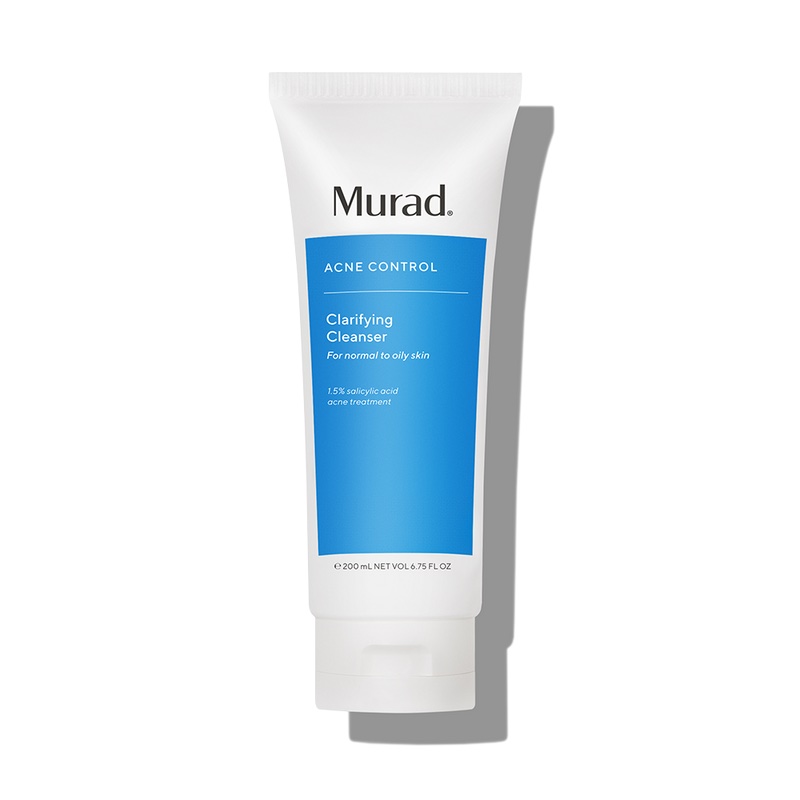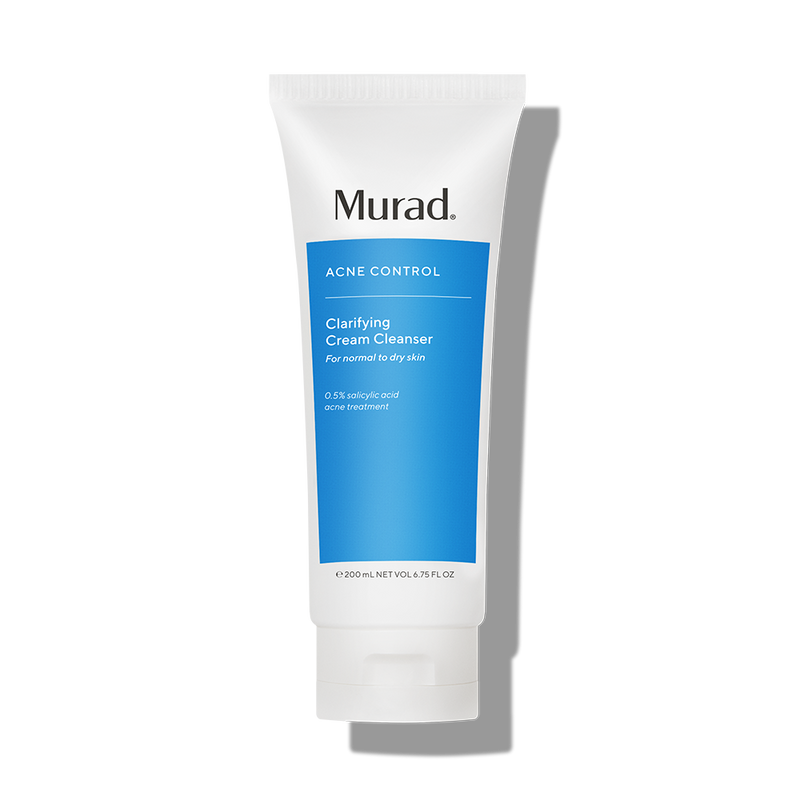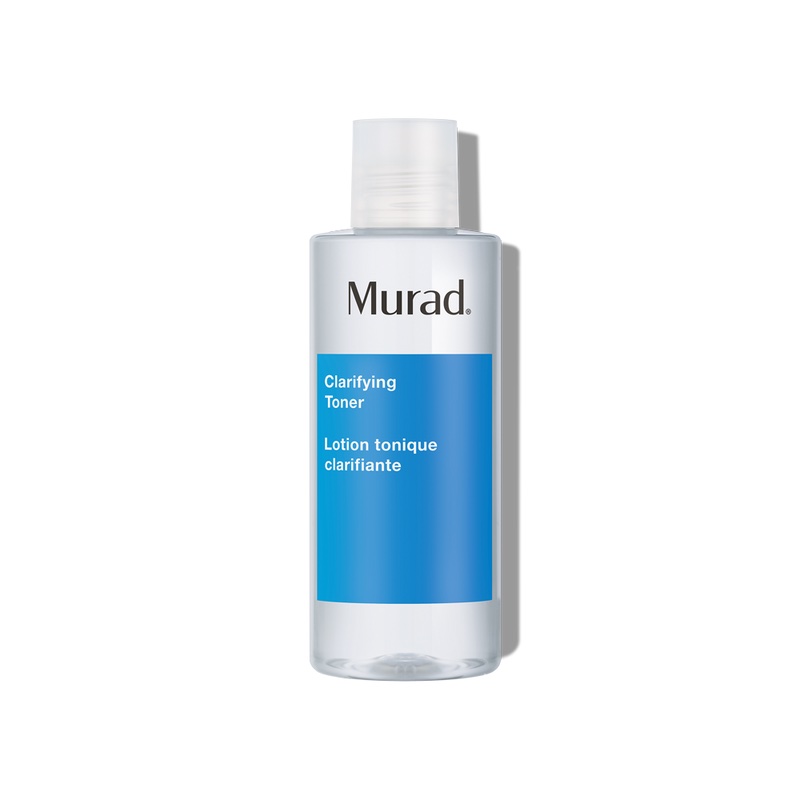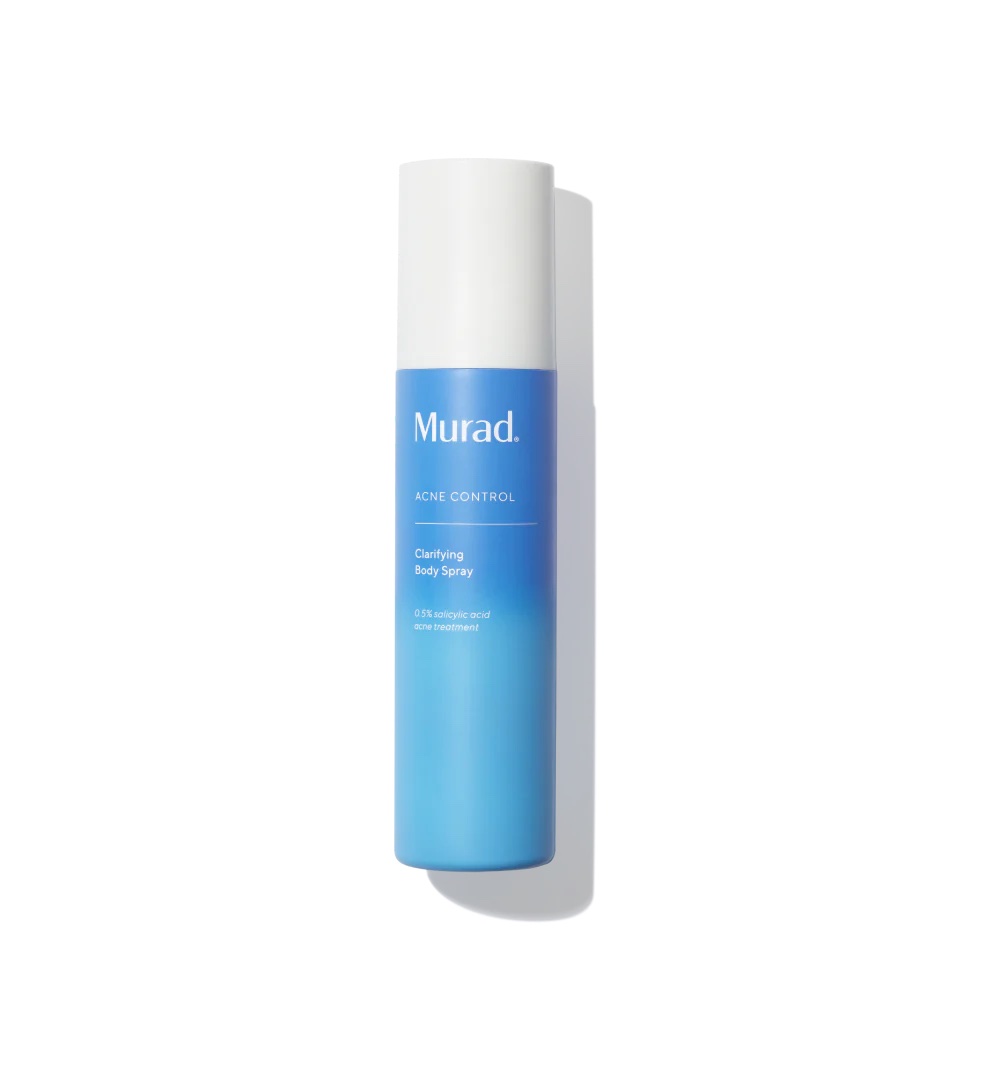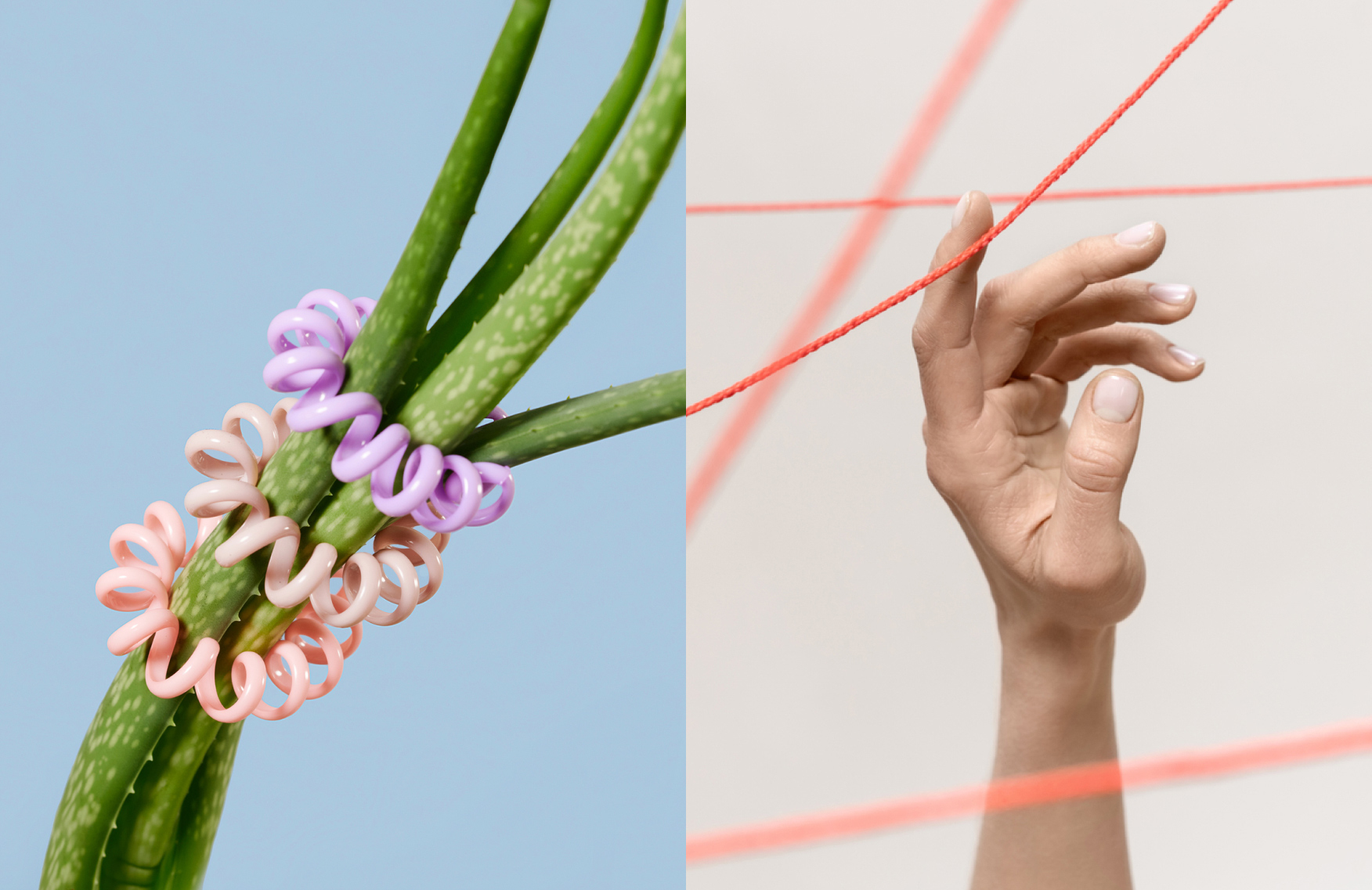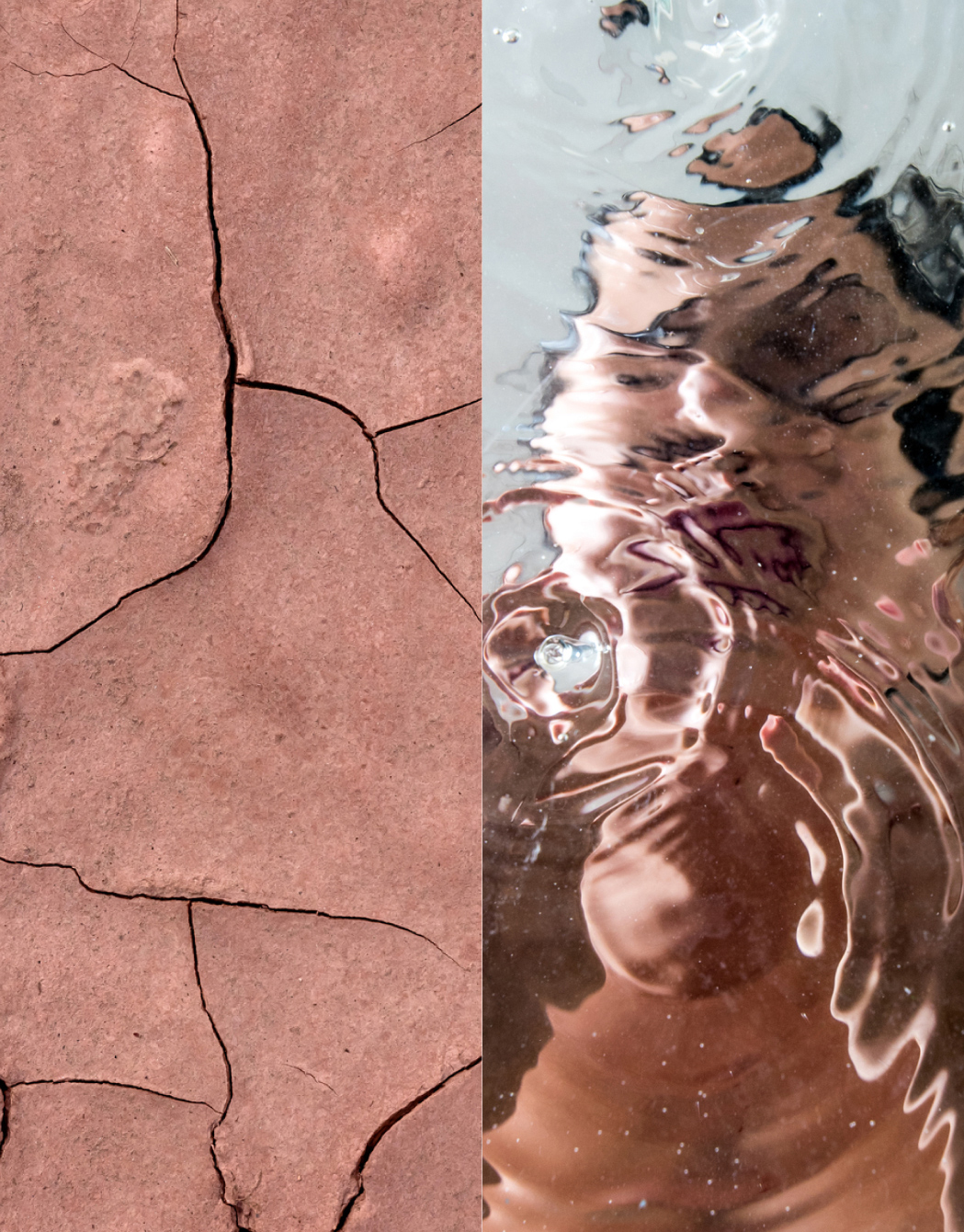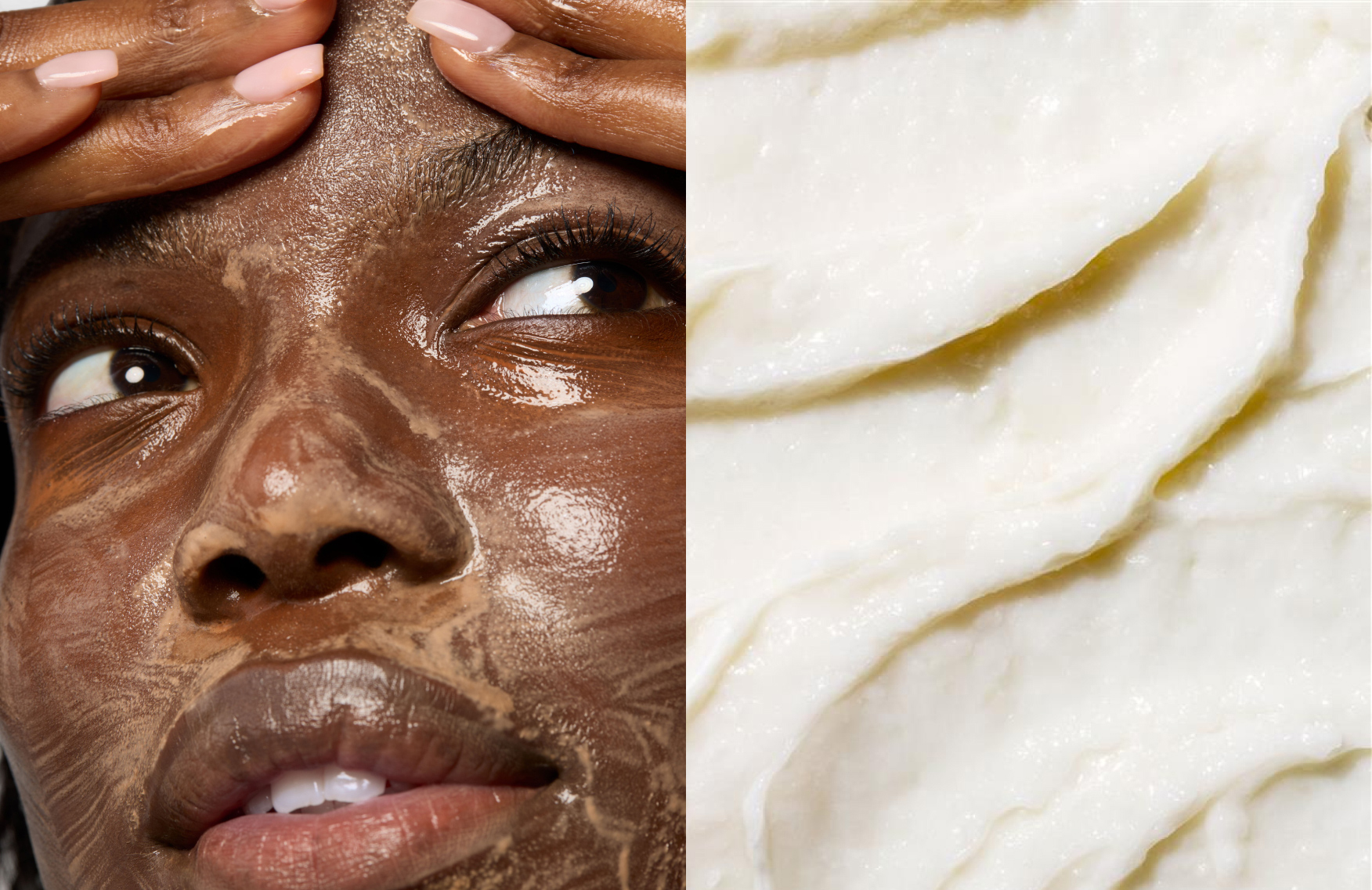Blackheads and whiteheads: It’s time to banish these pesky acne pimples for good

Understanding whiteheads vs. blackheads
From papules to pustules, acne may have a dozen moods—but there are few peskier dispositions of the condition than whiteheads and blackheads.
While you might be able to spot the difference between whiteheads vs. blackheads immediately (their colors say it all), important distinctions exist between the two.
Here’s how to determine if you’re up against a whitehead or a blackhead, and how to prevent and banish them for a clearer, more luminous complexion.
What are whiteheads?
Whiteheads are clinically considered a form of “non–inflammatory acne,” or a less severe manifestation of the skin condition that affects an estimated 50 million U.S. residents annually.
Put simply, whiteheads are closed comedones—or clogged pores with an unbroken, closed head. They tend to appear as protrusions on the surface of the skin, and while their firm tops are predominately white, they may also be yellowish. Whiteheads (like more severe cystic—or blind—pimples) can nonetheless cause a great deal of aggravation—particularly since they occasionally act as precursors to acne lesions.
What are blackheads?
Blackheads—another type of non-inflammatory acne—are deemed a milder embodiment of acne vulgaris wherein a clogged pore appears to have a dark or discolored head, much like a tiny speck of dirt.
Consider it a trick of the eye: that black fleck at the top of the comedone is the result of melanin oxidation—a chemical reaction that occurs when air hits the debris in the plugged hair follicle. (Think of how an apple turns brown after it’s peeled.) Blackheads mostly emerge on the chin, cheeks and nose, but may also pop out on the:
- Thighs
- Ears
- Armpits
- Buttocks
Also referred to as an open comedone, blackheads may crop up near the surface of the skin or be deeply embedded.
Key differences between whiteheads and blackheads
In addition to their distinctions in color, the primary differences between whiteheads and blackheads boil down to:
- Size: Generally speaking, blackheads happen in follicles that possess a slightly larger opening than whiteheads. It’s this “space” where the typical culprits of acne—oil, dirt, makeup, products and dead skin cells—have room to accumulate and thrive
- Discomfort: Blackheads may be more distracting when you glimpse in the mirror, but, unlike whiteheads, they aren’t necessarily uncomfortable or tender to the touch
- Treatment: Whiteheads are considered more challenging to treat than blackheads because the debris is essentially trapped under the skin, while blackheads often appear at the skin’s surface. The good news? There are a handful of methods for eliminating this form of mild acne
Causes of whiteheads and blackheads
All acne—from pimples to nodules and everything in between—is technically characterized as a disorder of the pilosebaceous system. This internal unit, which consists of oil glands and pores, is linked to miniscule hair follicles that are vulnerable to becoming clogged. This provokes an inflammatory response that results in acne vulgaris in any one of its myriad forms.
Furthermore, skin shedding is a natural process, but when dead skin cells accumulate, they can combine with sebum present to create a plug within the hair follicle, once again inciting the potential for breakouts.
But what causes clogged pores and the consequent inflammatory reaction?
Typically, acne is triggered by inordinate sebum (oil) production on the surface of the skin and within the hair follicle, which can be stimulated by:
- Imbalanced hormones, such as a surplus of testosterone
- Excessive propionibacterium acnes, or an abundance of p. acnes—a bacteria that exists naturally on the skin
- Atypical keratin function, or abnormal formations of one of the key proteins in the skin (as well as hair and nails)
Blemishes like blackheads and whiteheads can be triggered by a plethora of culprits, so learn more about the five unexpected ways you may be getting pimples.
Prevention and skincare tips
Those with an oily skin type are likely to also have acne-prone skin as well and would benefit from oil control skincare products. Seek out non-comedogenic skincare products, which omit ingredients that can create clogged pores and rely on carrier oils that may organically encourage an acne-free, supple complexion.
Consistently washing your face, ideally with a mild, gentle cleanser, is arguably the most effective (and easiest) way to remove the bacteria, dirt, oil and sloughed-off cells that can promote the excess oil production that plugs follicles and leads to whiteheads and blackheads.
Incorporate a gentle exfoliant into your routine to slough off dead skin cells, preventing them from accumulating and clogging pores. Choose exfoliants with salicylic acid or alpha hydroxy acids to clear and prevent acne breakouts.
How to treat and prevent whiteheads and blackheads
Since they share common causes, blackheads and whiteheads can also be treated in nearly identical ways. When focusing on treating acne at home, look for these over-the-counter skincare ingredients, namely:
- Salicylic acid
- Benzoyl peroxide
- Azelaic acid
- Retinoids
However, if your whiteheads and/or blackheads stubbornly persist and you develop more severe acne, your dermatologist may recommend one of several, in-office procedures, such as:
- Chemical peels
- Microdermabrasion
- Laser skin resurfacing
- Extraction
Further, prescription-strength retinoids (like adapalene) and antibiotics are frequently used to halt whiteheads and blackheads in their tracks—and nurture smoother, clearer and more vibrant skin.
Schedule routine visits to a dermatologist to address persistent acne concerns. Professional guidance ensures a tailored approach to managing and preventing acne-related issues.
References for this information:
Mayo Clinic website, Acne
Healthline website, Types of acne
American Academy of Dermatology website, skin conditions
Cleveland Clinic website, Whiteheads
Healthline website, Blind pimple
Cleveland Clinic website, Blackheads
StatPearls website, Acne
Very Well Health website, Acne
Healthline website, Testosterone and acne
Healthline website, Noncomedogenic skin care
Cleveland Clinic website, Retinol
